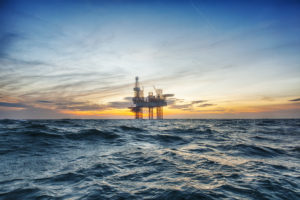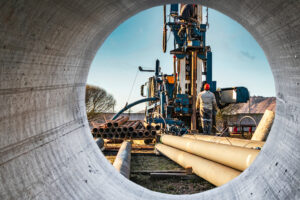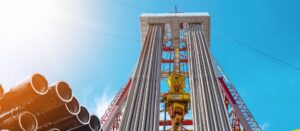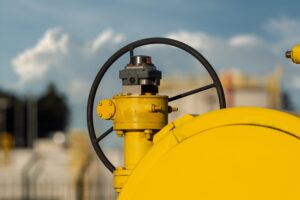Oil reserves are not only found on land. Thanks to modern offshore drilling rigs and platforms, societies can tap into the vast reserves of oil and natural gas in the world’s oceans.
Once a proper survey has been conducted and the perfect spot for extraction identified, offshore drilling activities can commence. It’s a much more complicated process than land drilling because of the sheer depth of the waters, the safety measures to protect the workers and the environment, and the logistics needed to transport the oil to the surface and back to the surface refinery.
Below are some of the most interesting things about how offshore rigs and platforms are able to help meet the demand of the world for crude oil.

1. Types of Modern Offshore Drilling Rigs and Platforms
To overcome the challenges of offshore drilling, oil companies invested billions to develop offshore drilling rigs and offshore oil platforms. These structures are massive. They are built to withstand the elements and equipped to go into the depths.
To drill wells, oil companies make use of mobile offshore drilling units (MODU). These MODUs may be a jack-up type of rig that sits on a barge and keeps the rig safe from the water by extending its legs. There are also drillships. These look like ordinary sea vessels but with a hole on their hull where the drill is piloted. There are also semisubmersibles that operate atop a submerged pontoon.
Various types of offshore drilling equipment operate in different depths. They can drill between 6,000 to 12,000 meters on average.
Meanwhile, oil production uses different platforms that range from fixed platforms and compliant towers to tension leg platforms, floating production systems, and subsea systems.
2. Economic Contribution of Offshore Oil Drilling and Production
According to the Bureau of Ocean Energy Management (BOEM), the US Outer Continental Shelf (OCS) still holds about 67 billion barrels of oil and roughly 229 trillion cu ft of natural gas that are yet to be tapped.
Based on studies, the Eastern Gulf of Mexico and the Pacific OCS can help create 840,000 jobs for Americans, raise $200 billion in revenue, and increase U.S. energy production by the equivalent of 3.5 million barrels of oil a day by 2035.
3. Improved Safety
While there is an inherent danger when working on offshore oil rigs and platforms, plus the risk of harming the environment because of unwanted incidents, safety features have been enhanced through the years.
Aside from stricter standards and thorough training of their workforce, oil companies are also leveraging digital technologies to improve safety and efficiency and lower the cost of operations.
4. Using the Latest Technologies and Innovations
The latest technologies continue to transform modern offshore drilling rigs and platforms.
Continued research is being done to ensure pipe protection products help prevent clogging of pipelines and ultimately, oil spills. Rigs today also make use of reservoir robots, electromagnetic heating, and submersible helicopter models. Companies like NOV (Rig Technologies) have also made significant innovations in automation, which improves safety.
5. Sustainability
Through the years, offshore drilling structures have been linked to the proliferation of marine life. For example, as of 2020, roughly 558 platforms on the US OCS have been reefed. According to studies, a typical structure with eight legs becomes home to 12,000 to 14,000 fish.
MSI Helps Oil Companies Deliver
MSI Pipe Protection Technologies enjoys bringing you articles like this on rigs and other relevant industry information. We are also committed to safety, innovation, and sustainability within our operations and product portfolio.




